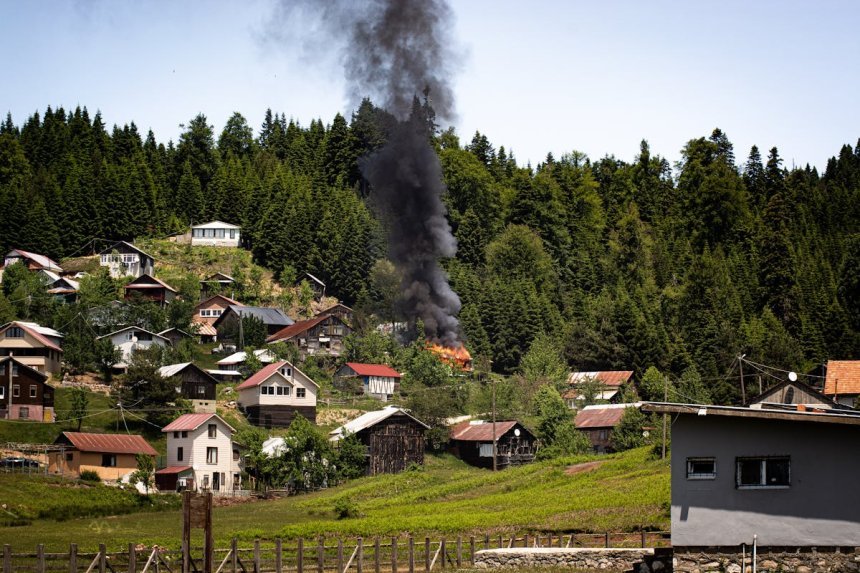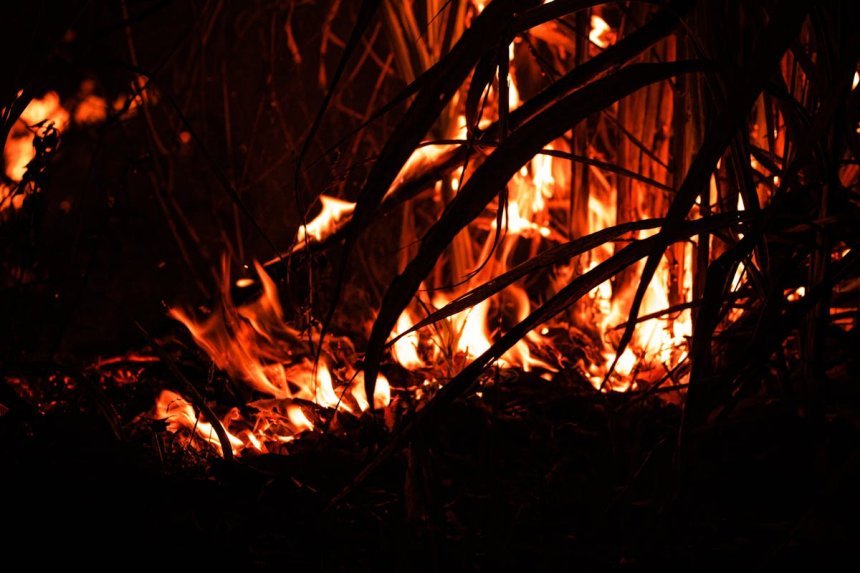Wildfires Aren’t Natural Anymore—They’re Engineered by Us
In this post, we’re not just going to throw numbers at you and call it a day. You’re going to understand why wildfires are getting nastier every year—and spoiler alert: it’s not just climate change (although that's part of the mess). We'll break down the science, expose the human mistakes.

There’s a myth people keep repeating like it’s gospel: “Wildfires are just a natural part of the ecosystem.” Sure, fire has always played a role in forests and grasslands—but not like this. Not this intense. Not this frequent. And definitely not this destructive.
In this post, we’re not just going to throw numbers at you and call it a day. You’re going to understand why wildfires are getting nastier every year—and spoiler alert: it’s not just climate change (although that's part of the mess). We'll break down the science, expose the human mistakes, and look at the political and social systems that keep pouring fuel on the fire—literally and figuratively.
So if you’ve ever wondered why entire towns are vanishing in smoke, why fire season now lasts almost all year, or why insurance companies are bailing out of fire-prone zones… buckle up.
The New Era of “Mega Fires”: What’s Really Changed?

Let’s be real—fires aren’t new. Forests have always burned. What’s new is how they burn.
From Natural to Nuclear-Level
A few hundred acres may be cleared by a forest fire in the past. Today? We are discussing millions. In 2021, the Dixie Fire in California destroyed almost a million acres. Over 45 million acres were burned during the 2023 fire season in Canada. It's not a typo. A total of 45 million.
Fire Season Has No “Season” Anymore
It's practically year-round in many places—thanks to warmer winters, dry springs, and earlier snowmelt. There’s no rest. No time to reset the land. It's like living in a giant tinderbox with no off-switch.
Who’s Really to Blame? (Hint: It’s Not Just the Weather)
Yes, Climate Change… But Also Way More
Let’s address the elephant in the room. Yes, climate change is heating things up—literally. Higher temps mean drier soil, crispier vegetation, and longer droughts. But blaming only climate change is a cop-out. Because a lot of this mess is human-made in other ways too.
Decades of Fire Suppression Was a Dumb Idea
What occurred was that governments believed it was wise to put out every fire for decades. “Only YOU can prevent forest fires!” shouted Smokey Bear. Adorable tagline. A terrible plan.
Fires are supposed to clear dead trees and underbrush. When you stop them from happening, the fuel piles up. Fast forward 40 years, and forests are like powder kegs. When a fire finally breaks out, it doesn’t just burn—it explodes.
We Built Suburbs in Fire Zones
Humans love a good mountain view. So we plopped houses, communities, and even whole cities in areas that are literally supposed to burn sometimes. It’s called the WUI (Wildland-Urban Interface), and it’s where 1 in 3 homes in the U.S. are now located.
Building in those zones isn't just risky—it makes firefighting harder and more dangerous. Crews can’t just let fires burn naturally when homes are in the way.
The Fuel Problem No One Talks About
The Wrong Kind of Forests
Not all trees are created equal. Logging companies often replant forests with fast-growing pines—because they’re profitable. But pines are basically matchsticks. They go up like fireworks. And dense, monoculture forests have no natural firebreaks. It's like stacking gasoline trees in rows.
Invasive Species + Dead Trees = Nightmare Combo
Thanks to global trade and warming temps, pests like bark beetles are killing trees in masse. Millions of dead trees now litter the forests, just waiting to ignite. Add in invasive grasses that dry quickly and spread fire like crazy, and you’ve got a recipe for disaster.
Firefighting Is Getting Harder (And Less Effective)
Tech Can’t Keep Up
Drones, satellites, and supertankers sound impressive. But when fires are jumping rivers, climbing canyons, and throwing embers miles ahead, no amount of tech can stop them.
Even skilled firefighting crews are experiencing emotional and physical burnout. Wildland firefighters have a tragically high suicide rate, and their pay is frequently pitifully poor for the level of risk they face.
Insurance Is Bailing Out—And That Should Terrify You
Homeowners in fire zones are being dropped by insurers left and right. In California, major insurance companies like State Farm and Allstate have stopped offering new fire policies.
The Government Can’t Fix This Alone
Politics, Red Tape, and Mismatched Priorities
Different agencies manage land differently. The Forest Service, local fire departments, state governments—all have overlapping roles but rarely coordinate perfectly. And funding often goes toward suppressing fires, not preventing them.
Do you want to hear something crazy? Fire suppression now accounts for more than 60% of the U.S. Forest Service's budget. This implies reduced funding for community education, fuel management, and forest thinning.
Public Awareness? Still Shockingly Low
Most people only think about wildfires after disaster strikes. Few understand fire behavior, how to create defensible space, or what “red flag” warnings actually mean. That lack of awareness makes prevention efforts harder—and recovery efforts slower.
Solutions Exist—We’re Just Not Using Them Enough
Let Fire Be Fire (Sometimes)
Although it may seem counterintuitive, smaller fires are the best defense against massive ones. "Prescribed fire," sometimes known as controlled burning, is a safe way to lower fuel loads. For generations, indigenous societies have been engaging in this practice. However, in many places, these activities are uncommon due to public anxiety, legal risks, and a few mishaps.
Clean the Forest, Literally
Another tool is mechanical thinning, which involves removing dead trees and underbrush. Although it is costly and time-consuming, it is effective. You have a true solution when you combine it with prescribed burns.
Build Smarter, Not Just Prettier
If we’re going to live in fire zones, we have to build like we know fire is coming. Fire-resistant materials, proper spacing between structures, and smarter landscaping can save homes. It's not rocket science—it’s just common sense.
Share
What's Your Reaction?
 Like
0
Like
0
 Dislike
0
Dislike
0
 Love
0
Love
0
 Funny
0
Funny
0
 Angry
0
Angry
0
 Sad
0
Sad
0
 Wow
0
Wow
0











